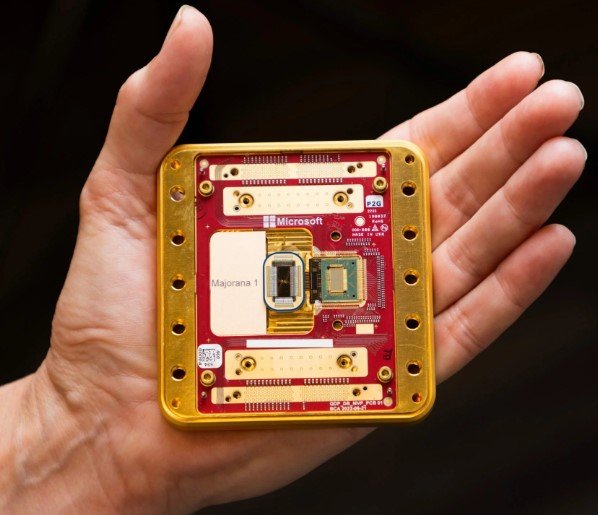Google has made a big leap in quantum computing with its Willow chip. The company announced on October 22, 2025, that Willow achieved the first verifiable quantum advantage using the Quantum Echoes algorithm, running tasks 13,000 times faster than top supercomputers while allowing results that others can check and repeat.
What the Breakthrough Means
This milestone marks a key step toward practical quantum tools. Google Quantum AI team developed the Quantum Echoes algorithm, which handles complex calculations beyond what classical computers can do quickly.
Experts say this verifiable advantage sets it apart from past claims. It opens doors for real world uses, where speed and accuracy matter most.
The Willow chip builds on years of work. Google first introduced it in late 2024, showing it could cut errors as qubits scale up.

How Quantum Echoes Works
Quantum Echoes acts like an advanced echo in a quantum system. It sends a signal to perturb one qubit, then reverses it to capture the response.
This method helps study interactions in molecules and materials. For example, it uses nuclear magnetic resonance to map atom behaviors.
Google tested it on molecular structures. The algorithm revealed new details about two molecules, proving its edge over supercomputers.
In one experiment, it measured distances in molecules better than current tools. This could change how scientists analyze chemicals.
The out of time order correlator behind it tackles chaotic systems. Think black holes or magnets, where traditional math falls short.
Speed and Performance Gains
Willow ran the algorithm in moments, while supercomputers would need much longer. Reports show it outperformed by 13,000 times in benchmarks.
This speed comes from quantum bits, or qubits, working in parallel. Unlike bits in regular computers, qubits handle many states at once.
Google claims this is the first repeatable quantum feat. Other teams can verify it on similar hardware.
Here are key performance highlights:
- Computation time: Under 5 minutes on Willow versus years on supercomputers.
- Error reduction: Exponential drop as qubits increase.
- Scalability: Paves way for larger quantum systems by 2030.
Impacts on Science and Industry
This advance could transform drug discovery. By modeling molecular interactions faster, researchers might find new medicines quicker.
In materials science, it helps design better batteries or solar cells. Quantum Echoes provides insights into atomic structures that were hard to get before.
The tech also touches physics, like understanding black holes. It simulates chaotic environments that mirror cosmic events.
Google ties this to broader AI efforts. Their work with models like AlphaFold already speeds up protein research, and quantum adds another layer.
Industries watch closely. Quantum computing could solve optimization problems in logistics or finance, though full scale use is years away.
| Field | Potential Application | Expected Timeline |
|---|---|---|
| Drug Discovery | Faster molecule simulation for new treatments | Within 5 years |
| Materials Science | Design advanced materials like better batteries | 3-7 years |
| Physics Research | Model black holes and quantum chaos | Ongoing experiments |
| Energy Sector | Optimize fusion energy designs | 5-10 years |
Challenges Ahead
Quantum tech still faces hurdles. Systems need extreme cold to work, and errors can creep in.
Building larger, stable quantum computers remains tough. Google aims to hit a million qubits by the decade’s end.
Competition heats up. Firms like IBM and startups push their own quantum breakthroughs.
Public interest grows, with talks of quantum threats to encryption. Bitcoin experts note rising risks as quantum power advances.
Looking to the Future
Google sees this as a path to useful quantum machines. CEO Sundar Pichai called it a game changer for science.
More tests will follow. The team plans to apply Quantum Echoes to real problems in labs worldwide.
This fits into 2025’s tech trends, like AI in cancer research. Google’s recent model validated a cancer hypothesis, showing tech’s role in health.
As quantum evolves, it promises to tackle global issues. From climate modeling to secure data, the possibilities excite experts.
What do you think about this quantum jump? Share your thoughts in the comments and spread the word to keep the conversation going.
